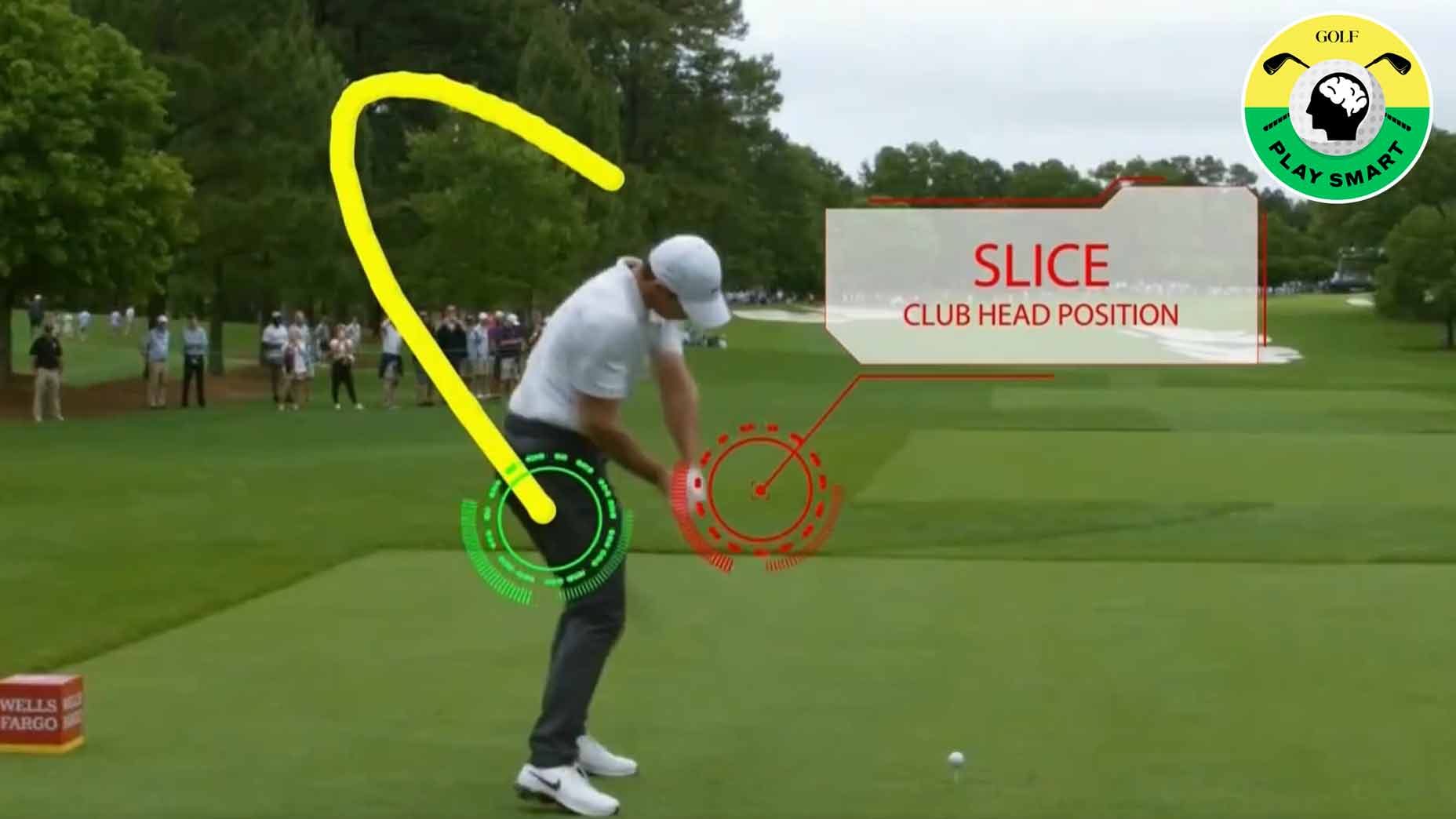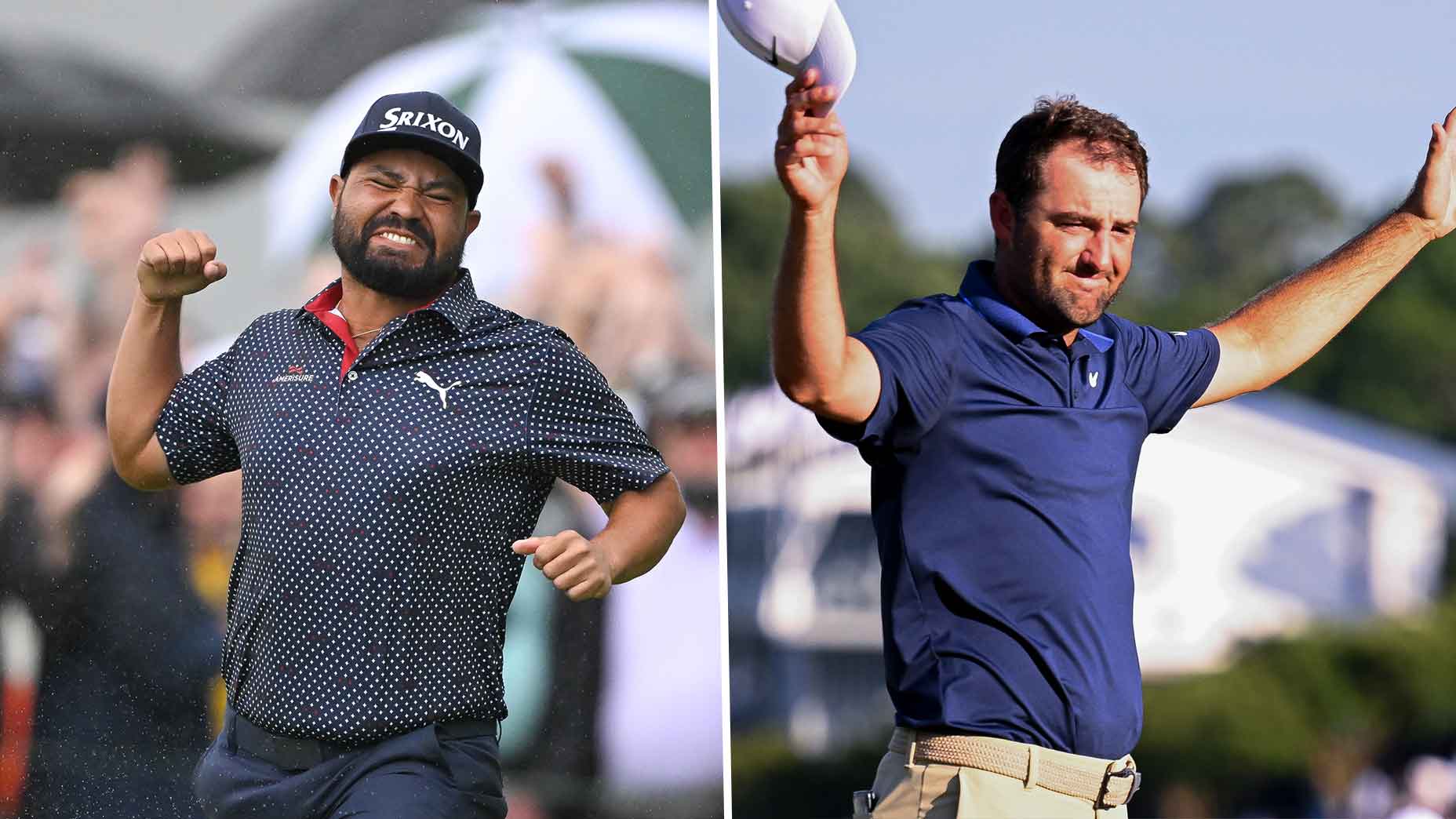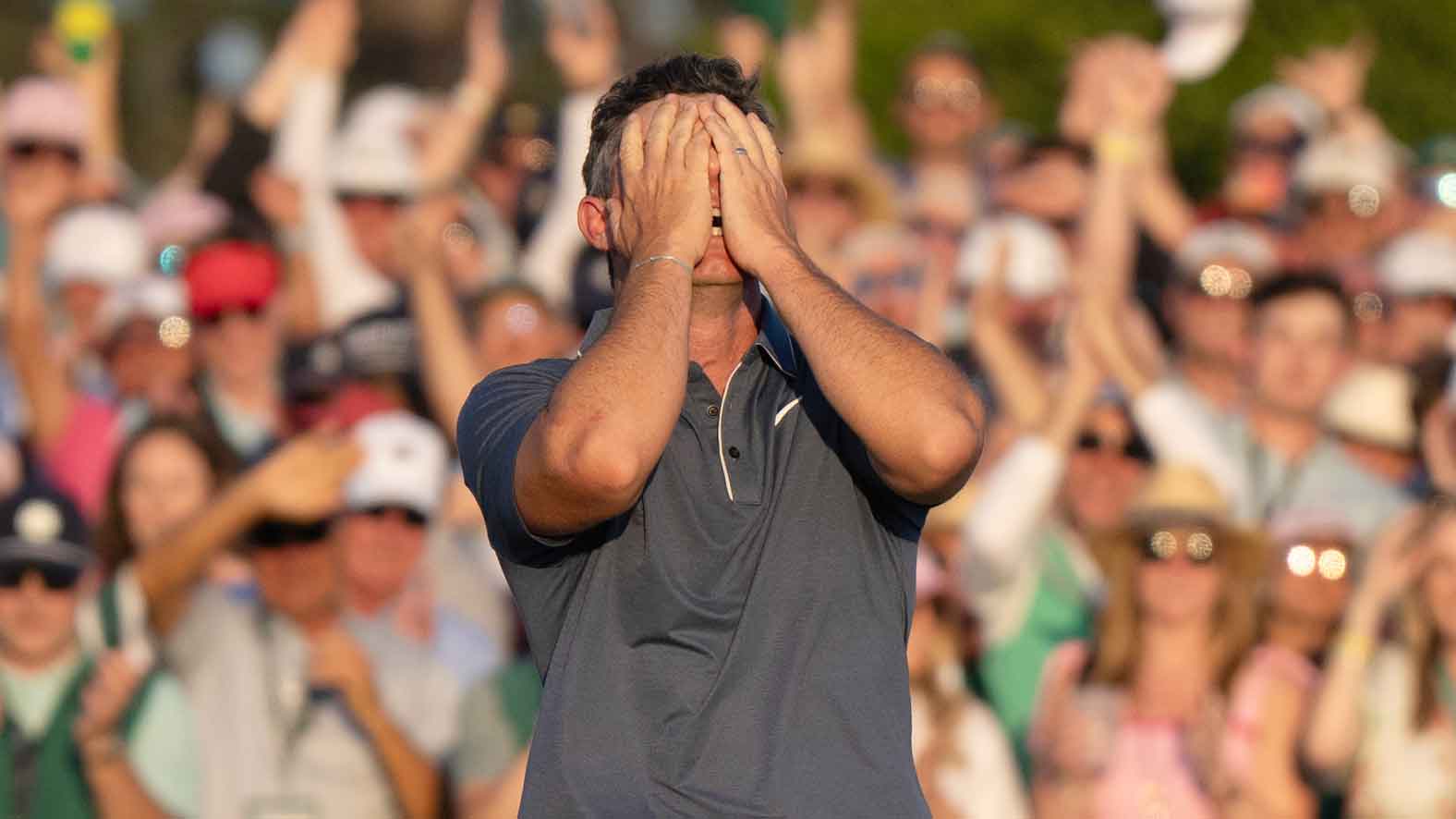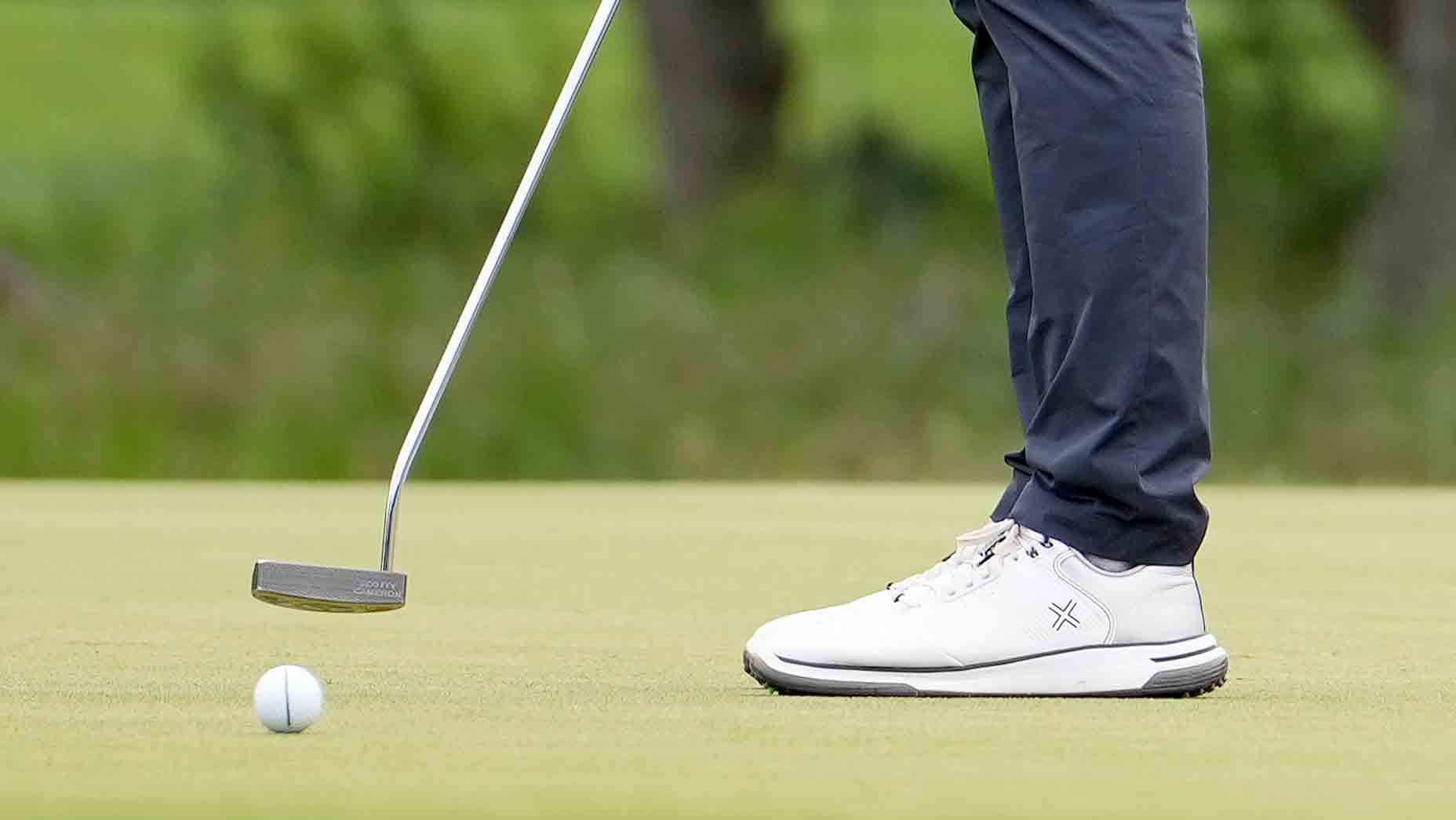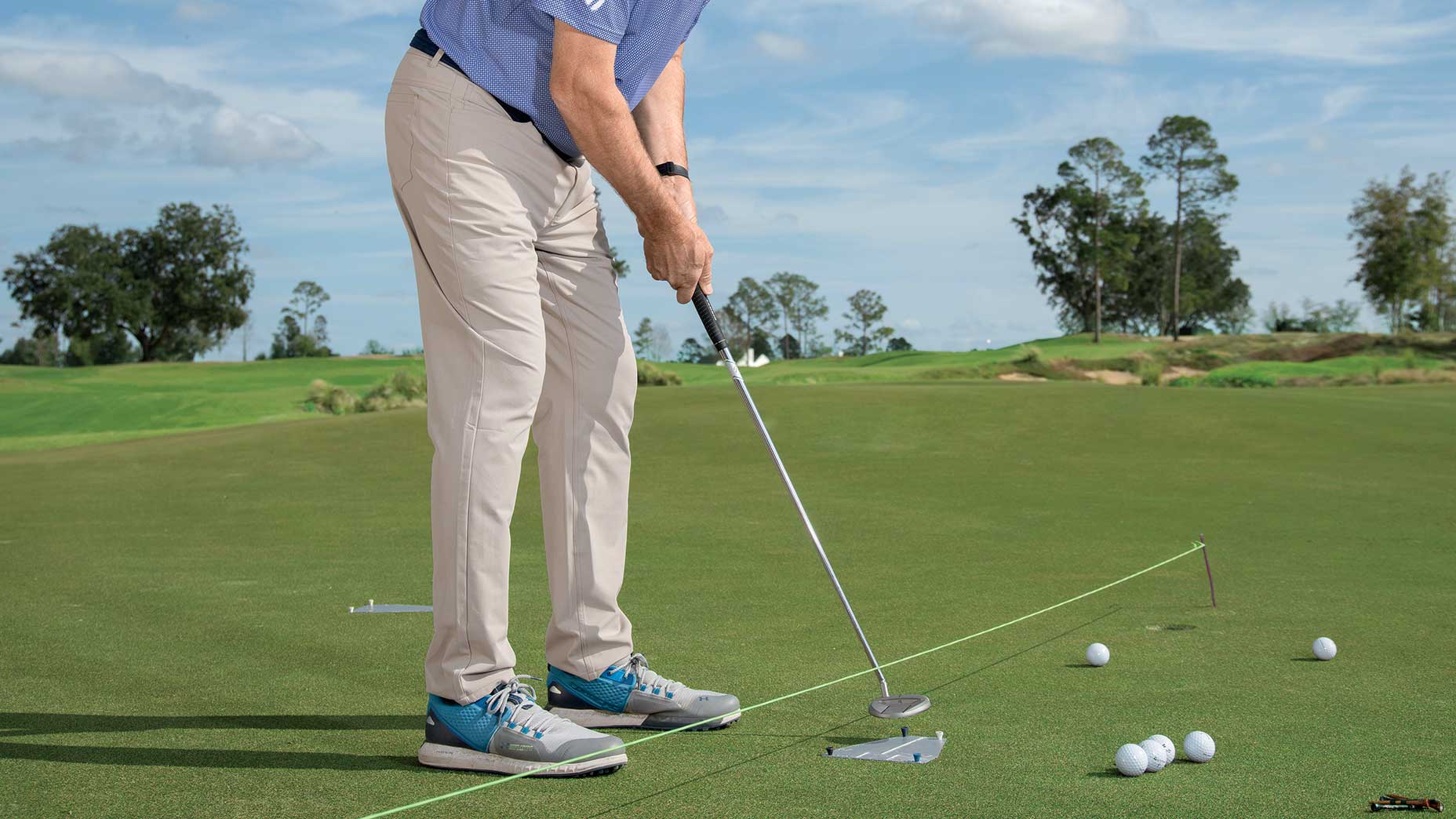Rory McIlroy arrived in Louisville this week searching. Not for his game — which has been quite good of late — but for another major title.
Ten years ago the notion would’ve been inconceivable. In 2014, McIlroy was unstoppable. He won two majors that summer, and added a World Golf Championship title to boot. When he hoisted the Wanamaker Trophy in the dark that August, the question was not if McIlroy would win another major, but rather when.
Stepping onto property earlier this week at Valhalla Golf Club for the latest PGA Championship, we’re still waiting for that “when.” A decade has passed since McIlroy clinched major title No. 4, and the fifth has been increasingly elusive. There have been close calls (20 top 10s in that time frame), but the next big one has still yet to come.
“It’s hard to rekindle those feelings and those memories,” McIlroy said of his last major win. “I think it’s all about confidence and momentum, and I have a lot of confidence and quite a bit of momentum coming into this week.”
Lots of things have changed in the 10 years since McIlroy last won — and that includes his swing. Below we break down one of the most significant of the changes.
McIlroy then vs. now
When McIlroy last won a major, everything was different. The PGA Tour wasn’t feuding with LIV, Jordan Spieth, Dustin Johnson and Brooks Koepka had yet to win their first majors, and Akshay Bhatia wasn’t even born. (Kidding on that last one.) Suffice to say, the landscape of golf was much different than it is today.
McIlroy was different, too. And much of that comes in the way he swings the club.
Were the swing changes from his younger days all intentional? Yes and no. Every golfer changes their swing throughout the course of their career (for better or worse), but sometimes the change comes as a result of physiology. As the body changes as we age, so too does the golf swing.
Copy this Rory McIlroy move to turn your slice into a drawBy: Zephyr Melton
If you look at photos of McIlroy when he was younger, he looked very little like he does today. He’d yet to lose his “baby fat” and was hardly as athletic-looking as he is now. Lacking the athletic look didn’t seem to affect him too much, though, as evidenced by his excellent results early in his career.
However, now McIlroy is quite the physical specimen. Although he stands well under 6 feet tall, he appears to be one of the more in-shape athletes on Tour. And much of this transformation can be attributed to his work in the gym.
But according to GOLF Top 100 Teacher Jonathan Yarwood, this bulking up has affected the way McIlroy is able to move throughout the swing. He may be stronger than he was in his younger days, but that added strength has come at a cost.
“He was less bulky back then,” Yarwood says. “More mobile.”
That mobility allowed McIlroy to get his clubhead started on the correct plane earlier in the swing. If you watch his swing from 2014, his right arm (trail arm) was more in front of him on the way back and through. This allowed for a better club path and angle of attack during the swing. If you watch his swing now, though, you can see this is something he struggles with.
Watch McIlroy on the range and you’ll likely see him working on drilling this feel. He wants to get the clubhead outside the hands early in the backswing and then keep his trail arm in front during the downswing. But in an effort to exaggerate this feel, he gets far too wide during the takeaway and doesn’t collapse the trail arm like he needs to. This leaves the clubhead nowhere to go but behind him. From here, the club can get stuck, resulting in flipping through impact and the risk of a two-way miss.
“He used to keep the club more in front of him,” Yarwood says. “He didn’t get his right arm behind his body, and that allowed for a more consistently on-plane swing.”
McIlroy still has no problem winning tournaments, and he’ll go down as one of the best golfers of his generation (if not all time). But watching his swing from then versus now, it’s easy to see a difference in how he swings the club.
“He knows what he’s doing,” Yarwood says. “He’ll figure it out, but looking at videos of his swing from 2014 and then now, it’s easy to see there’s a difference in his swing.”

